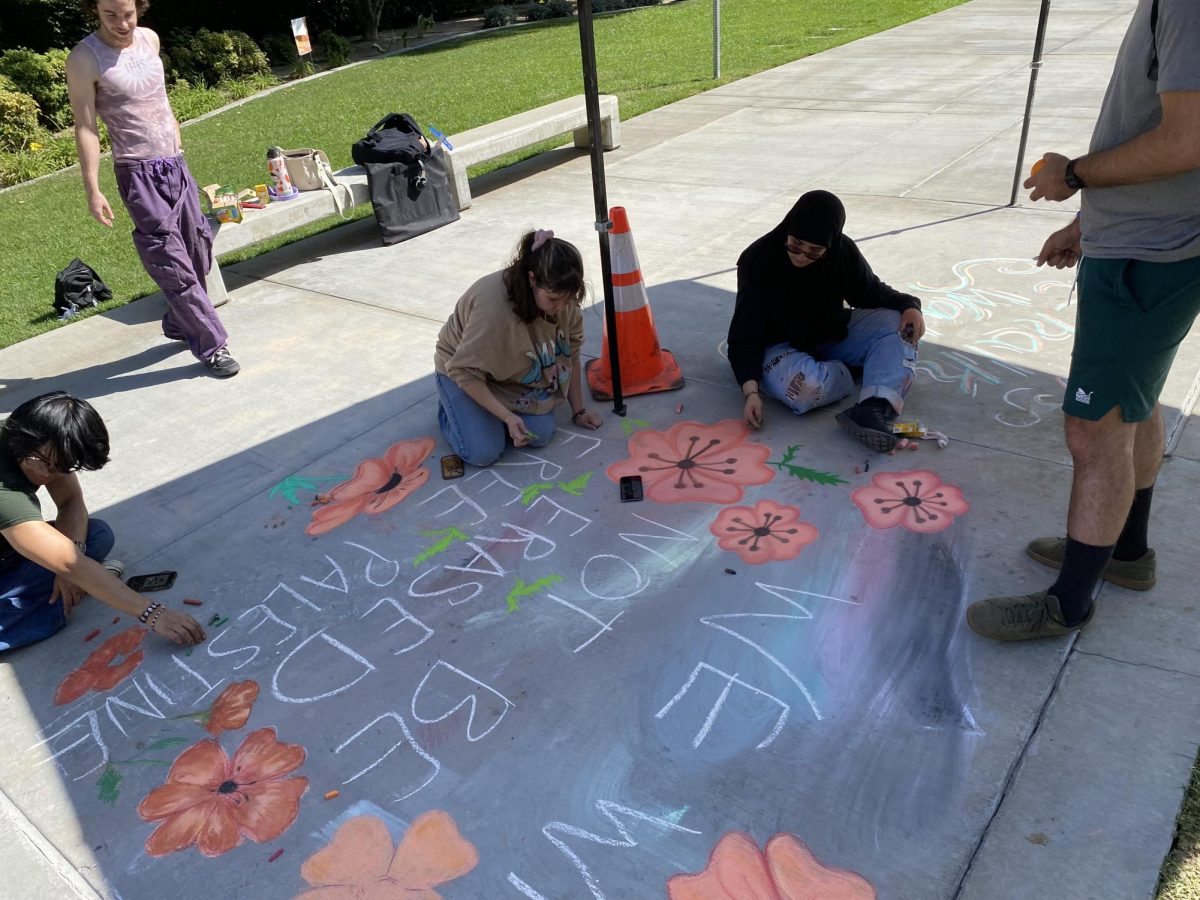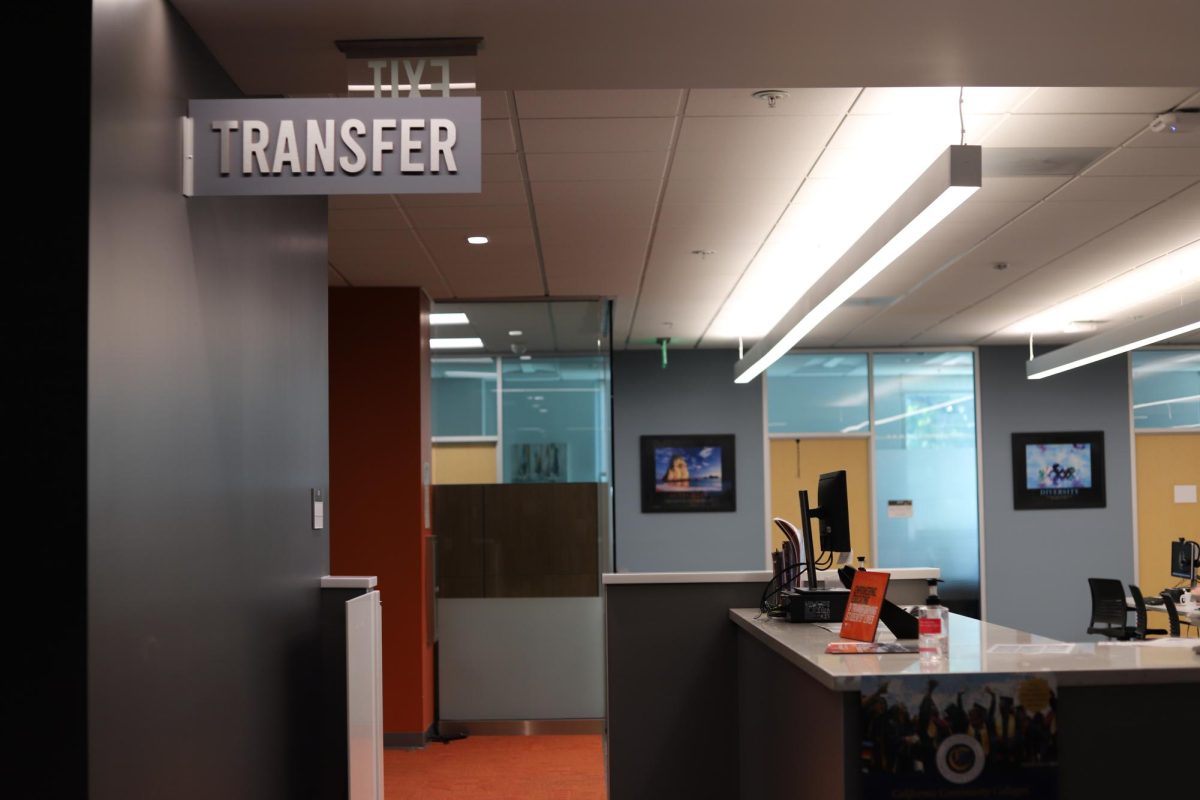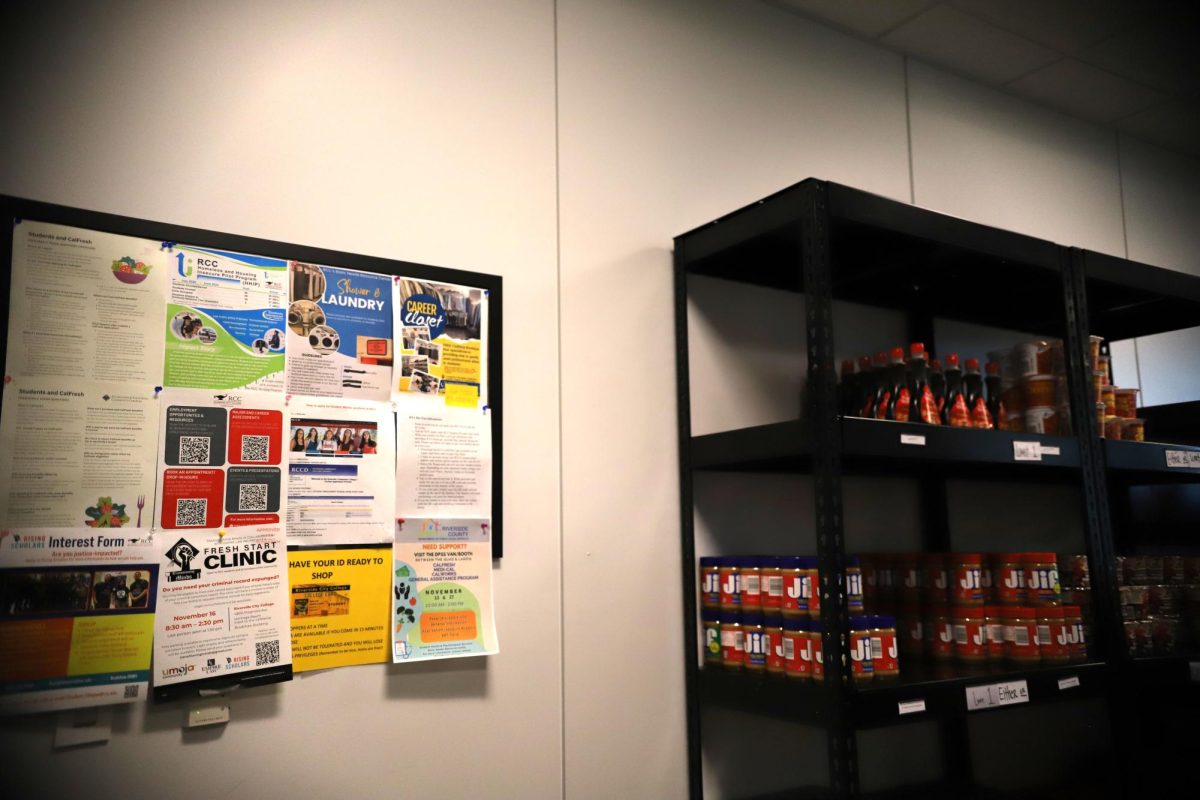When the Zombie apocalypse strikes, can the school handle it?
Josa Lamont | News Editor
In a world where changes are prevalent and unpredictable, disaster looms around every corner.
Despite the imminent dangers, Riverside City College holds class on a sunny fall day like any other day.
A teacher drones before a white board in front of a classroom about articles and adjectives, or some other Greek version of English, and birds chirp outside the windows.
But the bird chirps oddly turn into the faint screeching sound of screams.
Suddenly, a raging hoard of Zombies breaks open the door to the unsuspecting classroom and panic ensues as the campus stirs to a level of unlife.
Or maybe it’s just a sudden flood of torrential rain from erratic weather we’ve come to expect of global warming.
Clogged gutters from the torn autumn leaves of fierce 50-60 mph winds raise water levels at an alarming rate.
At a moment of an unforeseen disaster, how prepared are you to respond?
How would you respond?
On August 29 there was a micro-superstorm that suddenly struck downtown Riverside exclusively beginning at 2:10 p.m.
The winds ripped through the air, and the rain came down in sheets, clogging storm drains and flooding the streets.
A large tree in front of a campus building collapsed into the street ripping up a water main, exacerbating an already precarious position.
The Quad basement began flooding very quickly with a surge of water, and there were screams as water levels neared electrical outlets.
“All of a sudden I saw that faculty were screaming and running around,” said Dariush Haghighat, professor of political science and president of faculty association. “I said what the heck is going on, and they said, ‘water is coming.’”
As the Quad basement, home of power mains and electrical grids, began to flood only 35 minutes after the storm began, Police Chief Jim Miyashiro and the interim president Wolde-Ab Isaac determined an evacuation was the necessary course of action at 2:45 p.m.
“So we had to run around and unplug the computers and some of the electrical,” said Haghighat.
“There’s power supplies down there that run everything so we were worried it was going to short out and cause damage and we didn’t want the students to run or get hurt,” said Miyashiro.
Building captains, that happened to be on campus evacuated their buildings and spread word of the campus closure by way of yells down
the building halls.
An email went out to notify students and staff at 3:40. After about an hour, texts went out to warn the 8,000 AlertU registered students of the more than 30,000 in the district.
Surrounding areas in Downtown Riverside evacuated simultaneously causing a surge in traffic that congested roads.
Some students remained behind in classes, unaware anything had happened to cause alarm, while others arrived for their classes to find the school in total chaos and gridlock.
Many students and faculty tried to approach the campus as they usually would for their evening classes, not being aware the evacuation order had been made.
“One problem with the evacuation was complete chaos,” said Haghighat.
The response was a hectic but insightful display of RCC’s disaster preparedness.
Effectiveness broke down when many building captains left campus at the end of their classes,before the flood had begun.
The Digital Library has its own evacuation plan as a standard for personal preparedness.
The personal level of preparation from those buildings goes to emphasize the necessity for personal accountability in a disaster.
While there is an operations manual for classified and managerial staff, real readiness falls to accountability on the part of everyone.
Relatively this disaster was inconsequential compared to perhaps the 8.9 magnitude earthquake that moved Japan 8- feet in October 2011.
In her regular emails Sherry Stone, Safety and Emergency Planning Coordinator of Riverside Community College District, emphasizes that disaster preparedness is not a plan of execution, but a process of awareness by everyone.
There are evacuation plans in each room for certain circumstances, but the strongest tool for individuals, Stone says, are visualizations and
thoughtfulness on how to respond in different circumstances.
Each class has a brightly colored disaster flip book that students and faculty can look at, but no one can make anyone look at them.
Structurally RCC has a sound plan based on the formula of tested governmental measures. “California state regulations require that all First Responders, such as Law Enforcement, EMS and Fire Personnel, must be current in the minimum mandatory training on Incident Command System, Standardized Emergency Management System and National Incident Management System. ”
www.absolutesafetytraining.org.
It also requires that all teachers have completed a basic level of incident training including SEMS introduction, ICS 100 and IS 700.
All Administrators must complete a SEMS Emergency Operations Center course, an ICS course 100 and 200, and an IS course 70 and 800b.
Additionally, senior administrators must complete the SEMS executive course and ICS course 402.
These courses are available online and in person for the district by Stone.
While the school meets its federal and state requirements for SEMS NIMS and ICS, which essentially allows federal monetary aid, incident response structuring, command hierarchy and a bureaucratic model, at a lower level disaster readiness falls on the individual.
“RCCD is only as prepared as you are,” says Stone. Somewhere in the field level and individual response to a crisis, the communication breakdown hinders the effectiveness of the local response team and government model.
While two way intercoms are required in each classroom in kindergarten through twelfth grade levels, the education code for college and community college level does not have the same requirement.
“k-12 has intercom,” said Haghighat. “Why can we not have intercoms? One that distinguishes between active shooter and disaster.”
Moreno Valley campus implements blue phones evenly displayed throughout the campus, similar to RCC’s emergency phones, but their phone boxes have a speaker system that can be used to transmit a message to everywhere in the school.
RCC has its own Community Emergency Response Team member, responsible for organizing trained volunteers in the event of an emergency, but building captains are expected to be first responders and have responsibilities in understanding a situation’s demands.
“I don’t know who is my building captain and I don’t know how I’m supposed to get ahold of my captain,” said Haghighat. “And I don’t know what the building captain is supposed to do.”
Some of the biggest issues the response system currently has that could inevitably endanger people in the case of a disaster are lack of communications, inadequately constructed drains and infrastructure and inefficiency.
Some teachers who teach full time or take disaster readiness seriously go over hypothetical circumstances on the first day of class with their new students and assign roles to class members in the event of a disaster.
Some enact scenes or give scenarios to encourage students to imagine and visualize what they would do and how they would respond to a crisis.
Stone sends out regular emails to encourage staff to have these regular visualizations and to bring personal awareness to as many people as possible.
“I only had 20 hours to do my job in, and there’s just no way to get the message out in 20 hours when you’re attending meetings for half that time,” said Stone. “But I try to do activities and really try to utilize people on campuses.”
Annually, the college holds a disaster drill, this year on Oct. 17, that helps to train staff and students on how to react to a real disaster.
While state employees are required to pass a course to be prepared for extreme circumstances and mandates and civil codes exist to ensure training and prerequisites, there is currently no accountability enforcing such legislation on a campus to campus basis.
Some encourage working with the city to develop a step by step plan, but Stone says meeting the SIMS NEMS and ICS requirements and personally visualizing disaster circumstances is the best way to be diversely prepared.
“It’s called the paper plan syndrome,” she said. While Stone’s position encourages readiness and she offers courses and flex credit for disaster classes, her authority is limited in what kind of participation she can demand. Complications arise when you consider schedules, part time teachers, and general disinterest on the part of students and faculty.
“It comes down to individuals taking it seriously and understanding what their role is,” said Stone. “Finding their nearest evacuation routes. Finding their nearest fire extinguisher, everyone should know what their role is during a disaster. It comes down to training and emailing. My mantra has been and has always been; baby steps.”
The authority to enforce real readiness in the teaching staff is just outside of the campus’ jurisdiction and capabilities and falls on the board of trustees.
The board of trustees has been having conversations regarding communication and disaster readiness since the flood, and the topic has been given attention in lieu of recent events.
“This college needs to invest, this is a must, not a choice, invest in better drainage, to bring our drainage up to par, because of climate change and so forth,” said Haghighat. “(The flood damage) was not inexpensive, so we really need to carefully evaluate our structure and deal with the structural defects that we have.”
Part time teachers juggling two jobs can’t be expected to be as ready to be a building captain as perhaps a full time professor can be.
Some staff members simply do not have the time to devote to preparing their Thursday night class for the Zombie apocalypse.






